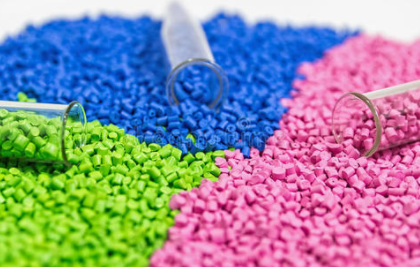Dispersant is a surfactant with two opposite properties, lipophilicity and hydrophilicity, in the molecule. It can evenly disperse the solid and liquid particles of inorganic and organic pigments that are difficult to dissolve in liquids, and at the same time prevent the sedimentation and agglomeration of particles, forming the amphiphilic reagent required for stable suspensions. There are many kinds of dispersants, which can be divided into anionic, cationic, nonionic, electrically neutral, high molecular (including high, medium and low molecular weight) super dispersants according to their structure.
- Anionic surfactants: Most of them are composed of non-polar negatively charged lipophilic hydrocarbon chain parts and polar hydrophilic groups. The two groups are located at the two ends of the molecule, forming an asymmetric hydrophilic and lipophilic molecular structure. Anionic dispersants have good solubility and are widely used.
- Cationic: It is a compound with a non-polar base and a positive charge. Cationic surfactants have strong adsorption capacity and have good dispersing effects on carbon black, various iron oxides, and organic pigments. However, it is important to note that they react chemically with the carboxyl group in the base material, and also to be careful not to use them at the same time as anionic dispersants. They should be used with caution.
- Non-ionic type: cannot be ionized and has no charge. It has relatively weak adsorption on the surface of the pigment and is mainly used in water-based coatings. Their function is to reduce surface tension and improve wettability. If some organic siloxanes are added, it can prevent floweriness, floating color, and improve leveling.
The function of the dispersant is to use a wetting dispersant to reduce the time and energy required to complete the dispersion process, stabilize the dispersed pigment dispersion, modify the surface properties of the pigment particles, and adjust the mobility of the pigment particles. In the coating production process, pigment dispersion is a very important production link, which is directly related to the storage, construction, appearance, and performance of the paint film, so the reasonable selection of dispersants is a very important production link.

